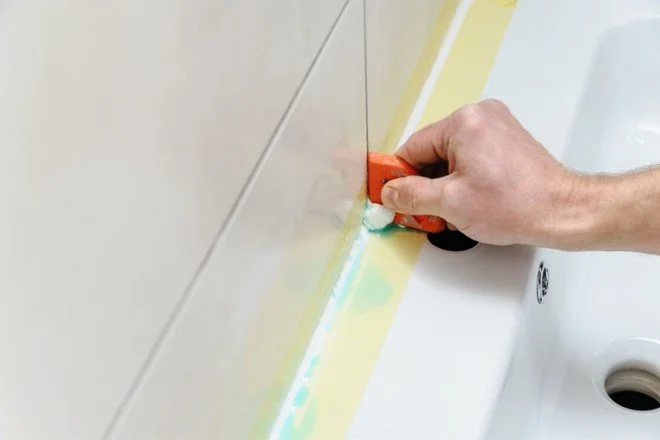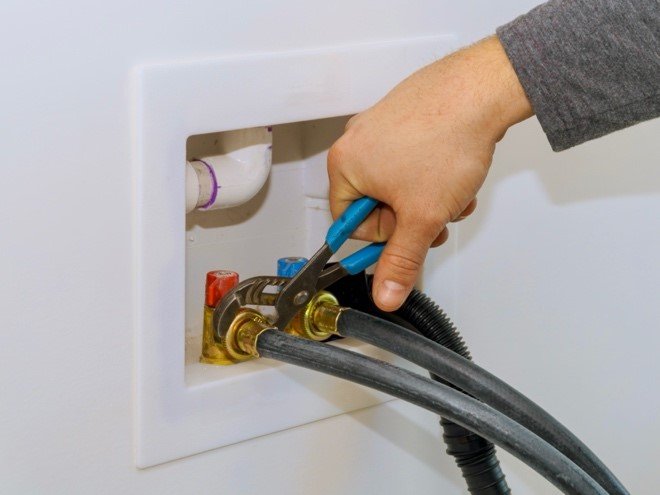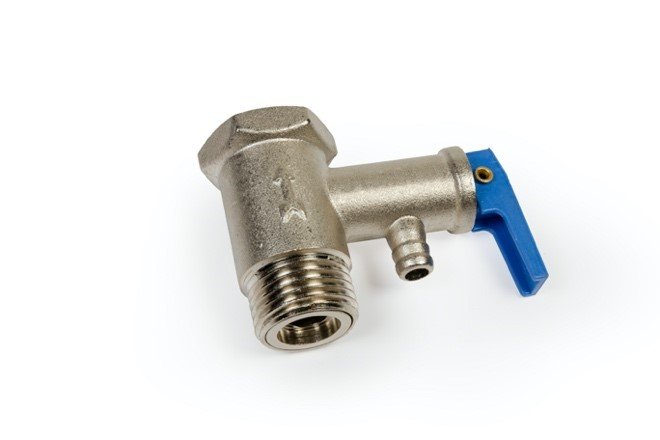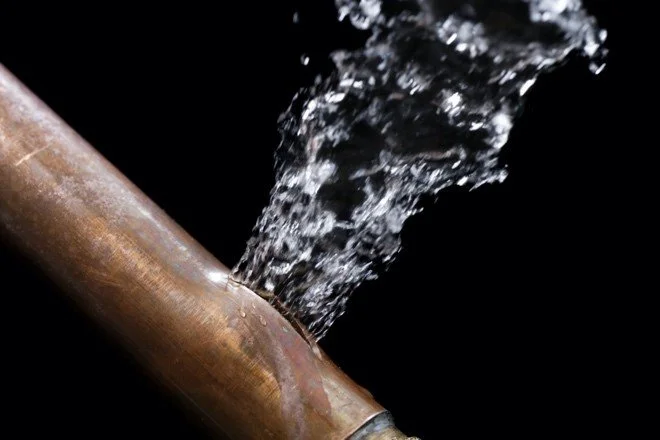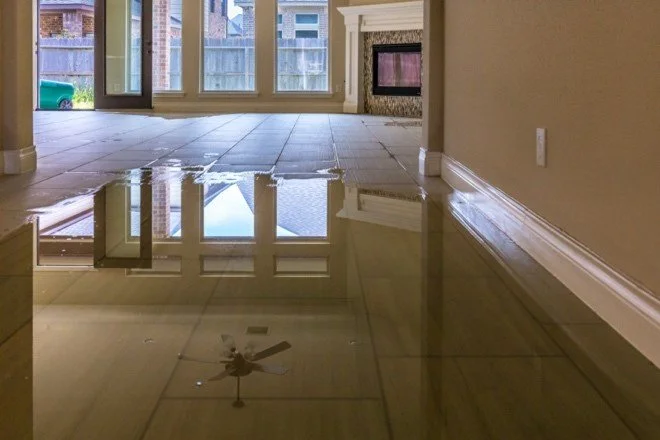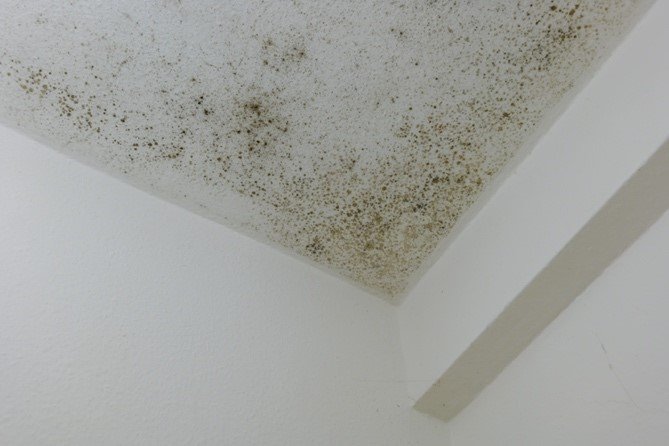Is it common to have mold in buildings?
The answer is yes; mold is very common in homes and buildings. If you have areas of your home that are high in moisture, you have the potential for mold. Leaks around windows, doors, plumbing, or roofs, and wet basements or flooding are areas with potential for mold. If consistently wet, mold will grow on wood, sheetrock, insulation, ceiling tiles, carpeting, and many other materials in your home. Given the right conditions, mold can grow on most any surface.
What kinds of mold can grow in my home?
Cladosporium, Penicillium, and Aspergillus are some of the more common kinds of molds found in homes and buildings. There are others, but these are the ones that seem to be everywhere. And they are happy to quickly grow when and where the conditions are right.
Penicillium mold spores
How does mold get into and grow in my home?
Molds are everywhere in our environment, indoors and outdoors, and play an important role in nature. For example, in nature, molds breakdown and decompose leaves and other organic materials to help nourish our soils.
Open windows and doors are the most typical entry points for mold into a home. Mold spores can also be tracked into your home on your shoes and clothing. Pets can also bring mold into your home. When mold spores find themselves in areas of high moisture and the right temperature, they will grow. There are a multitude of areas in your home where building materials and the right amount of moisture provide suitable nutrients to encourage mold growth. Molds are very adaptable and can grow at varying levels of moisture, temperatures, and materials.
What types of materials do molds grow on?
Materials that contain cellulose, like wood, ceiling tiles, paper products, and cardboard, provide the nutrients mold loves to grow on. When conditions are right, mold can also grow on a variety of other surfaces and substances, including paints, wallpaper, insulation, gypsum (drywall), carpets, and upholstery. Mold can even grow on dust!
How does a person know if their house has a mold problem?
The best way to determine if you have a mold problem is through mold testing. Our home inspectors are trained to perform mold testing using a method of gathering and analyzing air samples. Unless visible, the source of a mold problem can sometimes be hard to find. If you have a larger mold issue, infestations can usually be smelled or easily seen, such as in basements or other confined or poorly ventilated areas.
Moisture staining at the baseboard
How can I keep mold out of my home?
As a part of your routine home maintenance, look for evidence of moisture or signs of mold. Conduct a thorough assessment of your home, paying close attention to any signs of flooding, infiltration, condensation, or leaks. If you find conditions that are conducive to causing mold, correct them right away.
Potential mold at a window
You can help control mold in your home by following the guidelines below:
· Maintain humidity levels between 30% and 50%.
· Fix any leaking pipes, roofs, or windows promptly.
· Thoroughly dry and clean any areas where flooding has occurred.
· Use exhaust ventilation in bathrooms, kitchens, and laundry areas.
· Use your air conditioning during hot, humid weather.
Summary
Mold is everywhere. The key is to perform periodic inspections of your home and to resolve any issues you may come across. Pay attention to musty odors, especially in damp basements and confined spaces. Controlling humidity and keeping these areas of your home dry will go a long way toward keeping mold to a minimum in your home.
At HomePro Inspections, although mold testing is not part of a home inspection, our home inspectors are trained to look for and report any potential issues they may come across. Any issues are documented in your home inspection report and recommended for resolution by a qualified professional.
Visit our website to learn more or to schedule your home inspection in the Rochester, Owatonna, and Faribault, MN areas. You can contact us today at (507) 202-8942 or utilize our online “Schedule Now” feature to set up an appointment.













